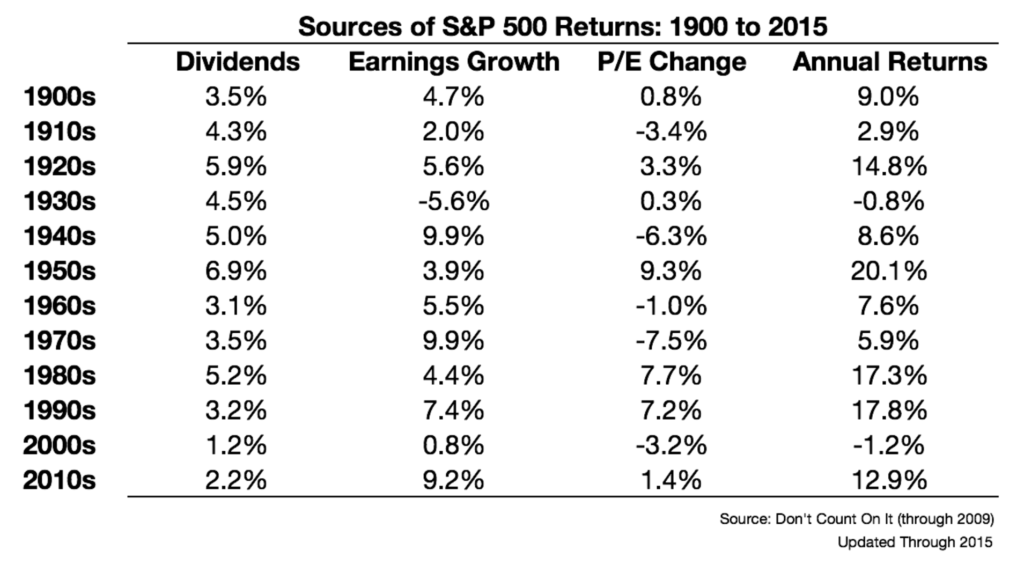Couche-Tard Breezes Past Estimates
Posted by JM on June 29, 2021
Here is an excerpt from Alimentation Couche-Tard’s (ATD-B) recent quarterly earnings release June 29, 2021.
June 29 (Reuters) – Canada’s Alimentation Couche-Tard Inc breezed past estimates for quarterly profit and revenue on Tuesday, helped by strong sales at the convenience store chain’s fuel supply outlets following speedy vaccination drives and easing coronavirus curbs.
Revenue from its fuel business, which includes about 10,800 outlets across the United States, Europe and other countries, jumped 32% to $8.35 billion in the fourth quarter after falling by more than a third in the first three quarters.
“We had a steady improvement in parts of the network, especially in the United States, where we are starting to see a return to more normal driving behavior,” Chief Executive Officer Brian Hannasch said in a statement.
Couche-Tard’s results mirror that of U.S. peer Casey’s General Stores Inc, which reported growth in its fuel division earlier this month.
Fuel volumes, however, were still below pre-pandemic levels due to work-from-home policies and renewed restrictions in some regions including Ontario and Quebec, Couche-Tard said.
The Canadian company’s revenue from merchandise and services rose 15.2% to $3.72 billion, boosted by its move to sell fast-food items such as sandwiches, hot dogs and snacks at more stores.
Total revenue rose 26.3% to $12.24 billion in the fourth quarter ended April 25, exceeding analysts’ average estimate of $11.65 billion, according to Refinitiv-IBES data.
On an adjusted basis, Couche-Tard earned 52 cents per share, well above an estimate of 42 cents.
Early in 2021 Couche-Tard announced that they were trying to merge with French grocer Carrefour and the stock price declines on the news. As we monitor all the quality dividend growth stocks on ‘The List’ as part of our process, this event naturally caught our attention. We had been waiting to initiate a starting position in ATD-B for quite some time, but it had never been sensibly priced according to our valuation process. After reading managements reasons for the merger and reviewing the success of past acquisitions/mergers by the company, we felt comfortable in purchasing an initial position in our Canadian Magic Pants Portfolio. The proposed merger was opposed by the French government and the bid was eventually dropped by Couche-Tard. The share-price has since rebounded nicely.
The situation with Couch-Tard is no different from what happens all the time in the world of investing. A good quality company’s stock price comes under pressure due to some narrative and the price goes down. Having a process gives you the confidence to look closer at the fundamentals and decide if this weakness in price is likely to continue or be short term in nature. After this earnings release, ATD-B is now up ~25% from its January lows.


